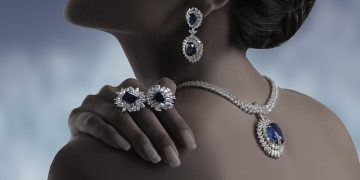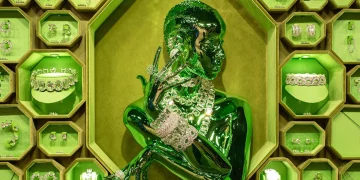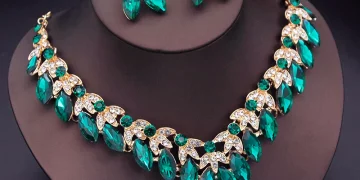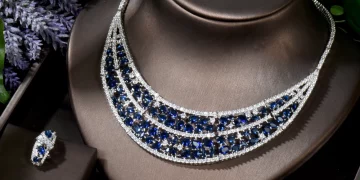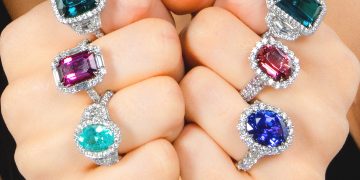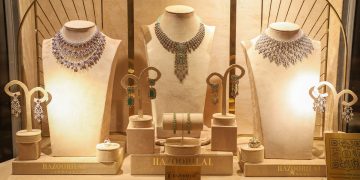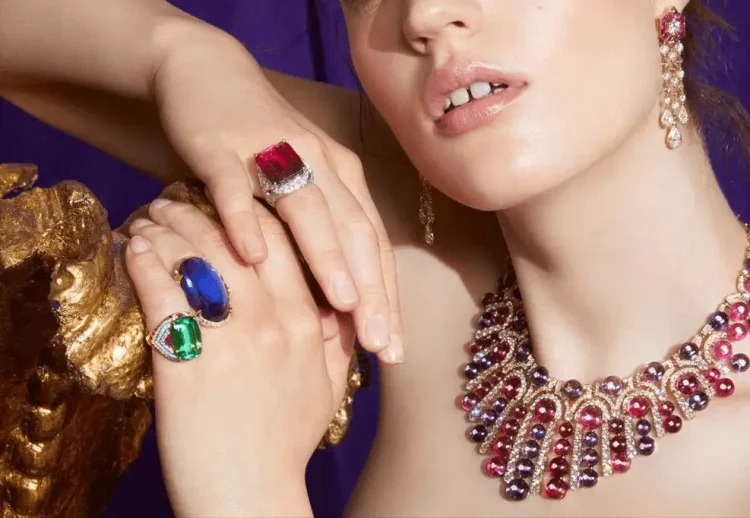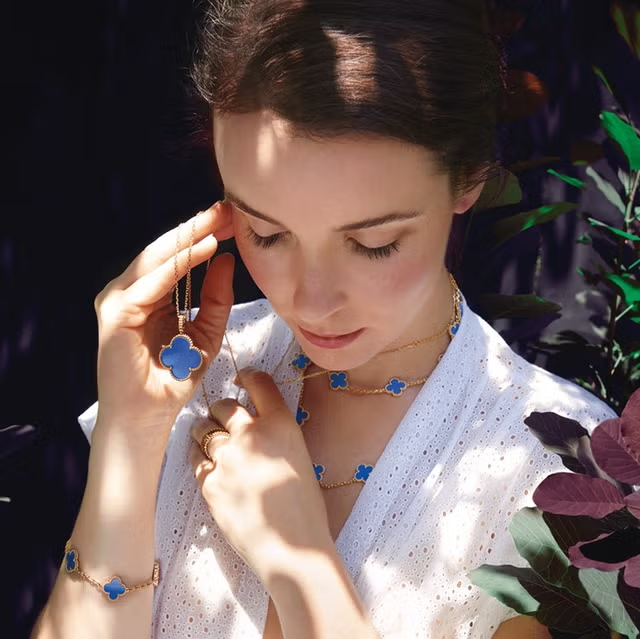Introduction
In an era dominated by self-expression and individuality, personalized custom jewelry has emerged as a defining element of contemporary fashion. This trend transcends mere aesthetics, reflecting deeper shifts in consumer behavior, technological advancements, and cultural values. By analyzing market dynamics, design innovations, and sustainability imperatives, this article explores how bespoke jewelry has redefined luxury and accessibility in the 21st century.
1. The Evolution of Consumer Demand: From Mass Production to Self-Expression
The rise of personalized jewelry is rooted in the transformation of consumer preferences.
a. The Quest for Uniqueness
Modern consumers increasingly reject standardized products, seeking items that reflect their identities. Personalized jewelry allows individuals to embed personal narratives—such as initials, birthstones, or symbolic motifs—into wearable art. This shift aligns with broader cultural movements emphasizing authenticity and emotional resonance in fashion .
b. Generational Shifts
Millennials and Gen Z prioritize experiences over possessions, valuing customization as a form of co-creation. Over 60% of younger consumers express willingness to pay a premium for personalized jewelry, viewing it as an extension of their digital personas and social media identities .
c. Cultural and Ethical Alignment
Personalized jewelry also intersects with ethical consumption. Consumers increasingly favor brands that incorporate sustainable materials or support artisanal craftsmanship, merging individuality with social responsibility .
2. Technological Innovations: Enabling Precision and Creativity
Advanced technologies have democratized customization, making bespoke jewelry accessible to a broader audience.
a. 3D Printing and CAD/CAM
3D printing allows designers to create intricate, one-of-a-kind pieces with unprecedented speed and accuracy. Coupled with computer-aided design (CAD), these tools enable customers to visualize and modify designs in real time, reducing production lead times by up to 70% .
b. Virtual and Augmented Reality (VR/AR)
Brands like Cartier and Pandora use AR-powered apps to let customers “try on” virtual jewelry, enhancing engagement and reducing return rates. This immersive experience bridges the gap between online shopping and tactile luxury .
c. Blockchain for Provenance
Blockchain technology ensures transparency in sourcing conflict-free diamonds or recycled metals, appealing to ethically conscious buyers. For example, De Beers’ Tracr platform tracks diamonds from mine to market, reinforcing trust in custom pieces .
3. Design Philosophy: Blending Tradition with Avant-Garde
Contemporary custom jewelry thrives on innovative design philosophies that challenge conventional norms.
a. Hyper-Personalization
Designers now integrate biometric data, such as fingerprints or DNA-inspired patterns, into jewelry. Companies like The Unseen create color-changing pieces responsive to body temperature, merging technology with wearable art .
b. Cross-Industry Collaborations
Partnerships between jewelers and tech firms, artists, or fashion houses have expanded creative boundaries. Tiffany & Co.’s collaboration with Nike on a limited-edition pendant collection exemplifies how跨界合作 injects freshness into bespoke designs .
c. Modular Systems
Modular jewelry, where interchangeable components allow wearers to reconfigure pieces daily, caters to dynamic lifestyles. Brands like Missoma leverage this trend, offering stackable rings and pendants that adapt to personal moods or occasions .

4. Sustainability: The Ethical Backbone of Customization
The customization trend aligns seamlessly with sustainability goals, addressing environmental concerns in the jewelry industry.
a. Circular Economy Models
Brands like Catbird and AUrate promote “heirloom-quality” pieces designed for longevity. Customers can redesign inherited gems or metals into modern settings, reducing waste and fostering emotional attachment .
b. Eco-Friendly Materials
Lab-grown diamonds and recycled gold are now staples in custom jewelry. Pandora’s 2025 pledge to use only recycled silver and gold in its bespoke lines highlights the industry’s commitment to reducing its carbon footprint .
c. Localized Production
Micro-manufacturing hubs powered by 3D printing minimize transportation emissions. For instance, Vrai produces carbon-neutral customized jewelry using solar energy and localized workshops .
5. Marketing Strategies: Crafting Narratives for the Digital Age
Successful brands leverage storytelling and digital platforms to amplify the allure of bespoke jewelry.
a. Social Media as a Co-Creation Tool
Instagram and TikTok campaigns encourage users to share design ideas, with brands like Mejuri crowdsourcing concepts for limited editions. User-generated content (UGC) transforms customers into brand ambassadors .
b. Experiential Retail
Flagship stores now feature interactive design studios where clients collaborate with artisans. Tiffany’s “Make It My Tiffany” program combines in-store consultations with AR previews, enhancing the luxury experience .
c. Data-Driven Personalization
AI algorithms analyze purchase histories and social media behavior to recommend designs. Brilliant Earth uses such tools to suggest engagement rings based on a couple’s shared interests or travel history .
6. Future Outlook: The Next Frontier of Custom Jewelry
The intersection of AI, biotechnology, and cultural globalization will further propel this trend.
a. AI-Generated Designs
Generative AI platforms like Jasper empower users to input prompts (e.g., “Art Deco ring with floral motifs”) and receive instant design renderings, accelerating the creative process .
b. Biometric Integration
Emerging technologies could embed health-monitoring sensors into jewelry. For example, Oura’s smart rings track sleep patterns, hinting at future possibilities for functional customization .
c. Global Fusion Aesthetics
As consumers embrace multiculturalism, fusion designs blending traditional techniques (e.g., Japanese Mokume-gane or Indian Kundan) with minimalist styles will dominate, reflecting a borderless world .
Conclusion
Personalized custom jewelry has transcended its niche status to become a cornerstone of modern fashion, driven by technological democratization, ethical imperatives, and a cultural renaissance of individualism. As the industry evolves, it will continue to redefine luxury, making exclusivity accessible and sustainability aspirational. In this new paradigm, jewelry is no longer merely adornment—it is a canvas for identity, innovation, and legacy.

